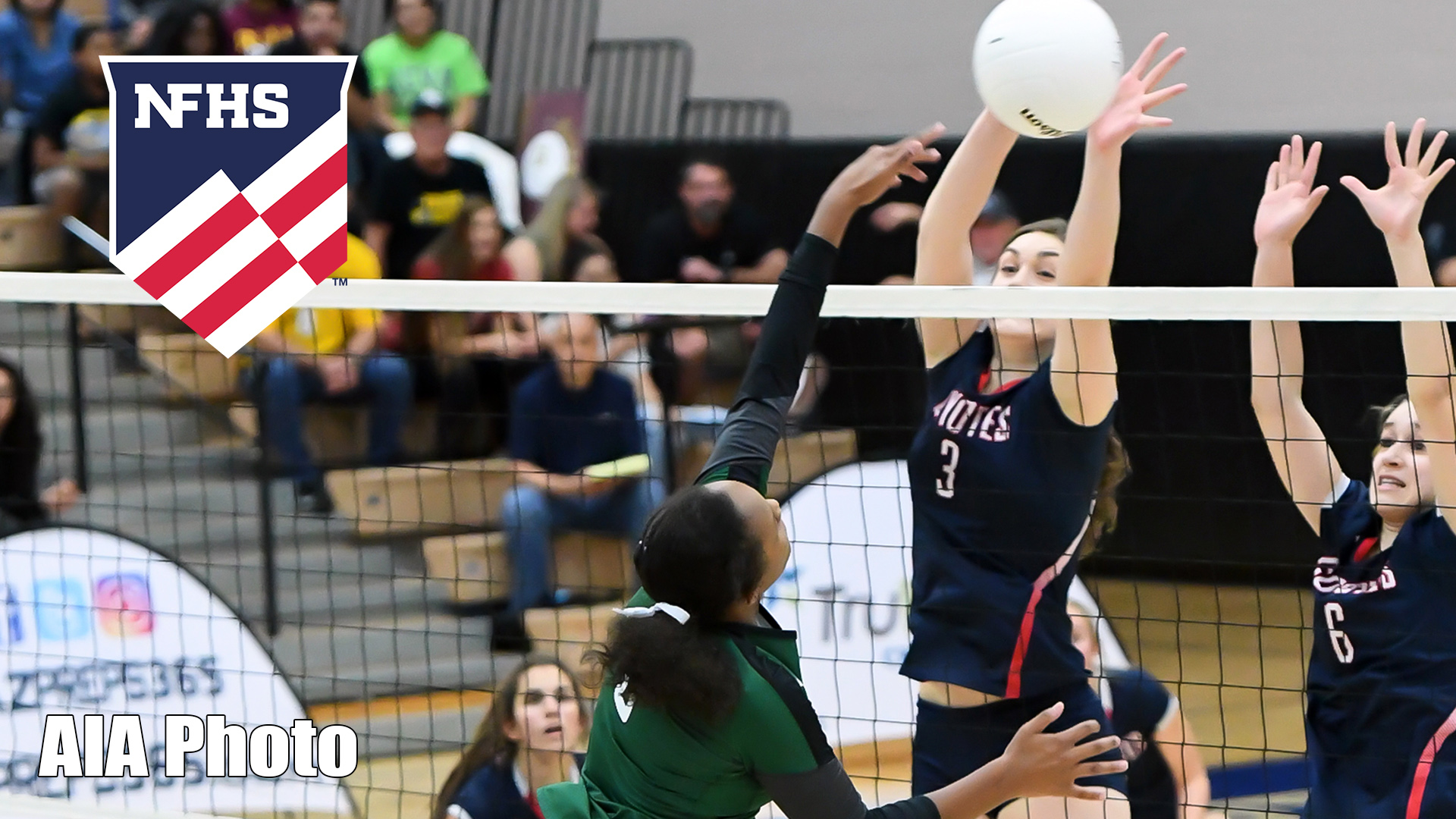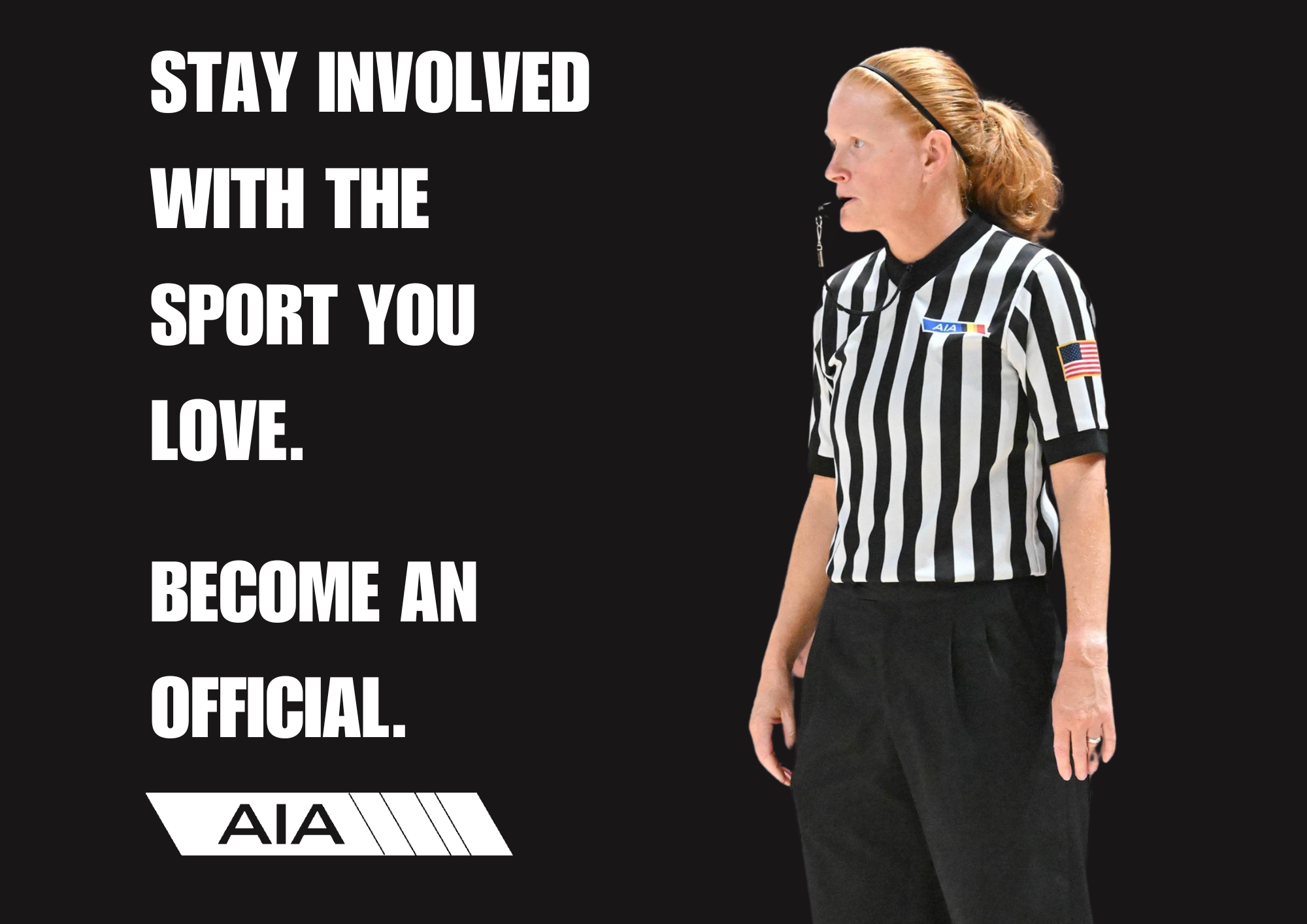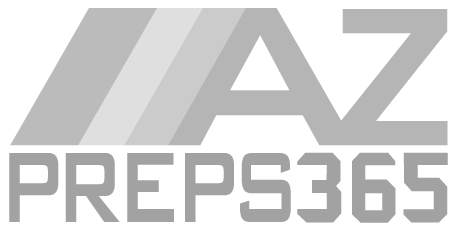Judgment call on second contact eliminated in volleyball
January 31, 2025 by Seth Polansky, AZPreps365

INDIANAPOLIS, IN (January 31, 2025) — Multiple contacts by one player attempting to play the ball will now be allowed on second contact if the next contact is by a teammate on the same side of the net. This elimination of a judgment call by officials highlights the 2025-26 high school volleyball rules changes.
In all, six rules changes were recommended by the NFHS Volleyball Rules Committee at its annual meeting January 12-14. All rules changes were reviewed and approved by the NFHS Board of Directors.
Rule 9-4-8c was added to the section on multiple contacts, adding second contact to the list of permitted instances, joining a team’s first contact and after a player touches the ball on a block. In addition to eliminating an official’s judgment call, the change allows for play to continue and does not create an advantage for the offending team.
“In addition to the impact this judgment call has had on the flow of the game, the multiple contact fault has consistently been a point of contention between coaches and officials,” said Lindsey Atkinson, NFHS Director of Sports and liaison to the Volleyball Rules Committee. “It is the committee’s belief that the elimination of this fault will contribute to less disputes between coaches and officials and ultimately benefit the overall environment of the match.”
Another major revision involves the addition of Rule 3-2-1 NOTE and the use of a textured ball. Beginning in 2026-27, state associations will be permitted to adopt the use of a textured ball – commonly utilized in boys volleyball – for boys or girls matches. This state association adoption would also remove restrictions on color and shape of panels for a textured ball. Rule 3-2-1 panel color, number and shape requirements for a smooth ball remain.
Two rules regarding uniforms were modified to address undergarments and number placement. Rule 4-2-4 was amended to note that, beginning in 2029, uniform numbers must simply be centered on the upper half of the uniform. This removes the requirement for the number to be 5 inches from the top and bottom of the garment and the need for officials to measure the distance.
Undergarments were addressed in a change to Rule 4-2-1, which now allows players to wear solid black, white or gray undergarments under the uniform top or bottom if the predominant color of the team uniform cannot be matched. However, all team members, other than the libero, must still wear the same color undergarment.
Officials will no longer be required to carry a lineup card as part of their uniform/equipment thanks to edits to Rule 5-3-2b and 5-5-3b(9). The lineup card could still be used by newer officials as a training tool, while veteran officials may use the coaches’ submitted lineup sheets to check the starting lineup.
In a change to Rule 10-4, the penalty for an illegal libero replacement will be determined before or after the contact for serve. If identified before contact, an unnecessary delay is administered. If identified after service contact, an illegal alignment results in a loss of rally/point. Prior to this change, the penalty was determined whether the official had signaled for a serve.
A complete listing of the volleyball rules changes will be available on the NFHS website at www.nfhs.org. Click on “Activities & Sports” at the top of the home page and select “Volleyball.” The print version of the 2025-26 Volleyball Rules Book will be available for purchase in late April at www.NFHS.com, and the digital version will be available in April via NFHS Digital at www.NFHS.org.
According to the most recent NFHS High School Athletics Participation Survey, volleyball is the second-most popular sport for girls (trailing track and field) with 479,125 participants in 16,849 schools nationwide. In addition, there are 85,255 boys participating in the sport at 3,805 schools.
Online link to article: https://www.nfhs.org/articles/judgment-call-on-second-contact-eliminated-in-high-school-volleyball/
###
About the National Federation of State High School Associations (NFHS)
The NFHS, based in Indianapolis, Indiana, is the national leadership organization for high school sports and performing arts activities. Since 1920, the NFHS has led the development of education-based interscholastic sports and performing arts activities that help students succeed in their lives. The NFHS sets direction for the future by building awareness and support, improving the participation experience, establishing consistent standards and rules for competition, and helping those who oversee high school sports and activities. The NFHS writes playing rules for 17 sports for boys and girls at the high school level. Through its 50 member state associations and the District of Columbia, the NFHS reaches more than 19,500 high schools and 12 million participants in high school activity programs, including more than 7.6 million in high school sports. As the recognized national authority on interscholastic activity programs, the NFHS conducts national meetings; sanctions interstate events; offers online publications and services for high school coaches and officials; sponsors professional organizations for high school coaches, officials, speech and debate coaches, and music adjudicators; serves as the national source for interscholastic coach training; and serves as a national information resource of interscholastic athletics and activities. For more information, visit the NFHS website at www.nfhs.org.
MEDIA CONTACTS:
Bruce Howard, 317-972-6900
Director of Publications and Communications
National Federation of State High School Associations
bhoward@nfhs.org
Chris Boone, 317-972-6900
Assistant Director of Publications and Communications
National Federation of State High School Associations
cboone@nfhs.org


